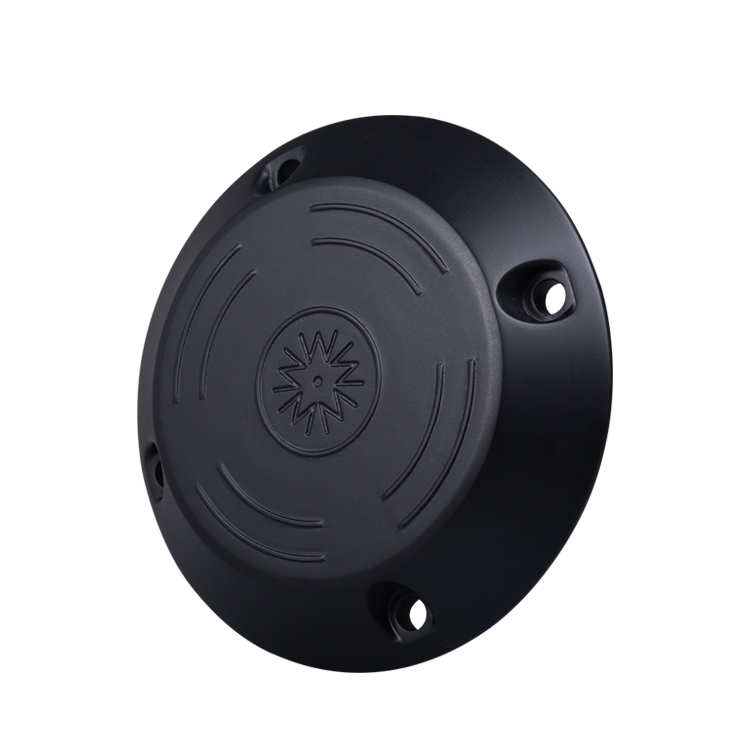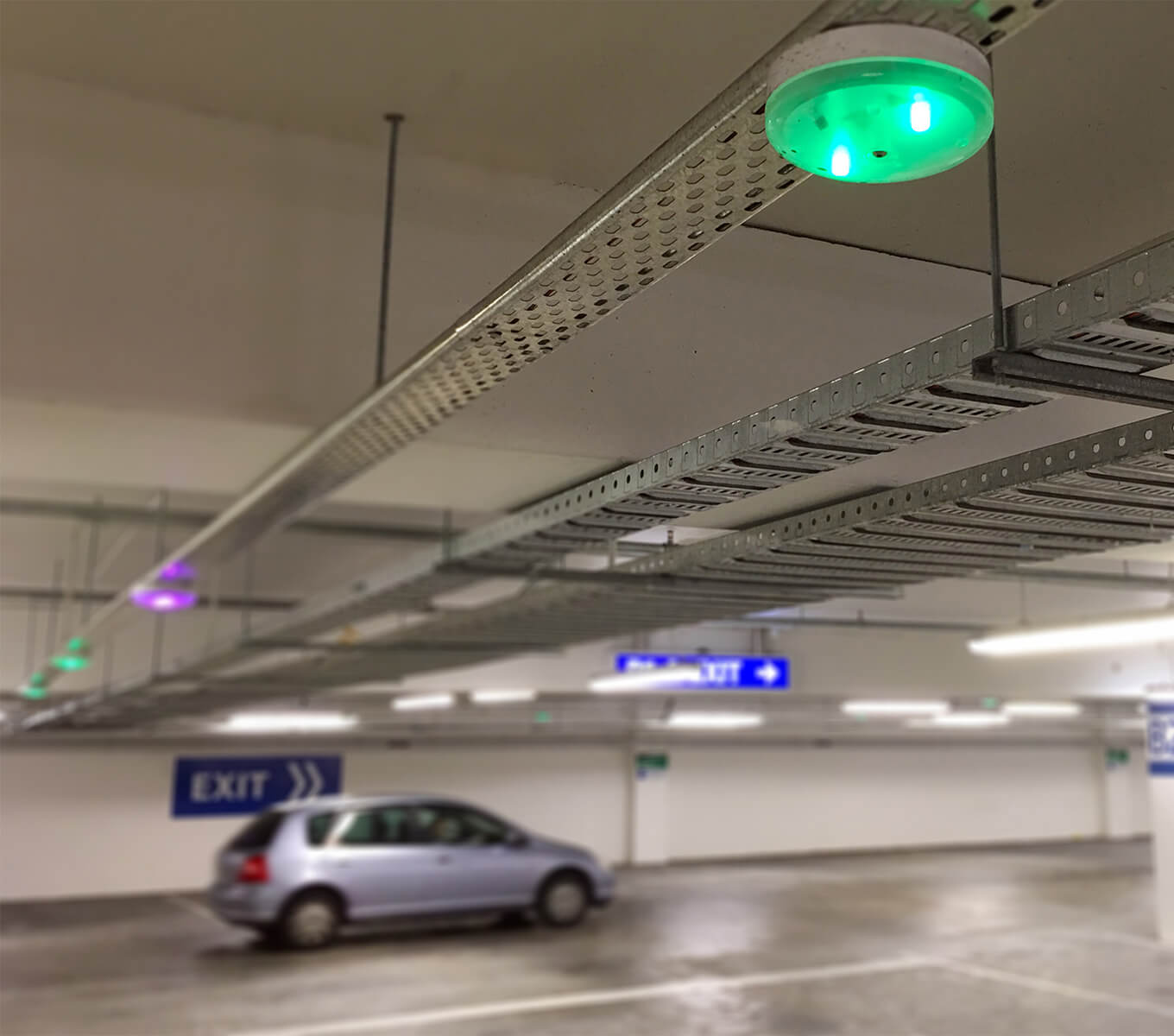In-ground Parking Sensors: 5 Things to Check before Buying
How to choose in-ground parking sensors?
There are more and more cars on the roads every day, and this causes several inconveniences, as free space decreases. In connection with this situation, manufacturers began to produce car models with a device such as in-ground parking sensors. This device is designed to make life easier for every driver.

The principle of operation; in-ground parking sensors
Many do not know what exactly parking systems are intended for, so they often hesitate to buy these devices. The main components of parking sensors are sensors that are located on the rear and front panels of the car. Typically, two to eight sensors are used per side.
According to the principle of operation, in-ground parking sensors have many characteristics in common with a radar or an echo sounder, or rather, a parking sensor generates a signal that is reflected from surrounding objects and returns. The distance to the obstacle is calculated considering the return time.
What things to check in ground parking sensors?
Parking sensors, the price of which depends on the functionality, are also equipped with a beeper. This is a device that makes sounds. They differ among themselves in frequency, that is, the closer the obstacle, the more often the signal comes out.
A continuous signal indicates that the distance to the object is critical, therefore, an urgent need to stop the car.
Features of operation; in-ground parking sensors
Parking systems can work for a whole year, but there are some nuances here. As a rule, most devices can operate at certain temperatures (-35 0 С to + 80 0 С). That is, in severe frost, the in-ground parking sensors can quickly fail and give incorrect readings.
The device notifies about false obstacles if:
- Firstly, Ice, snow, or mud has met the sensor.
- Secondly, the movement is carried out over rough terrain or an uneven section of the road.
- Moreover, parking sensors work in heavy rain or snow.
- In addition, parking takes place in a very cramped environment.
Many manufacturers produce parking systems in a wide range. Therefore, before you buy parking sensors, you need to familiarize yourself with the main types of devices.
Considerations for in-ground parking sensors
Considering the location, in-ground parking sensors are divided into the following types:
1-Rear sensor: this is the most popular option among drivers and is triggered when reverse gear is activated. Such a parking sensor is equipped with sensors that are located on the rear bumper.
2-Front sensor: this model differs from the previous one only in that the sensors are installed on the front bumper. They turn off automatically when you pick up a specific speed.
3-Combined sensor; these parking sensors combine the advantages of the two previous types. It is equipped with 6-8 sensors, which are located on two bumpers at once and 1-2 displays. On which all incoming information is displayed.
Categorization based on the manufacturer and the equipment
Depending on the manufacturer and the equipment used, in-ground parking sensors are divided into the following groups:
Standard group: this model consists of several sensors (3-8 pieces). Also equipped with special contours for both bumpers.
Tape group: the sensors in it are made in the form of tape. She runs along with the bumper. Correct installation of the parking sensors removes the “dead zones” that are typical for the standard equipment.
A wireless parking sensor is a device that uses wireless channels.
>Installation method.
Manufacturers produce two options for mounting in-ground parking sensors – cut-in and overhead.
>Display; in-ground parking sensors
This is a very important function, especially in a situation where the car is not equipped with an onboard computer.
Why have a car within ground parking sensors?
If you’re the type of driver who has a hard time and doesn’t like to make beacons, the parking sensor can be a hand on the wheel. In the past, this system was only found in luxury cars. But with its popularization, common and popular cars already have the sensor installed at the time of purchase.
Easy to install and simple to operate, the sensor is placed on the car’s bumper. When making the beacon. The system emits characteristic sounds that warn when you are too close to the vehicle or obstacle that is in front of or behind your car, in-ground parking sensors
Which devices use in-ground parking sensors?
Many sensors come with a display that shows the distance of your vehicle to the obstacle or car that is closing your parking space. On the market, you can find simple parking sensors for a price range that goes from R$39 to R$60 reais. However, there are more sophisticated models that come with front and rear cameras.
Some brands, such as Mercedes Benz, are already making devices like this available, activated via voice command. Thus, the sensor indicates the actions to be taken by the driver, such as going forwards, sideways, backward, etc.
Why install in-ground parking sensors?
Having this equipment (in-ground parking sensors) can be quite advantageous in many cases. Especially when you want to avoid small bumps and scratches that will later need maintenance. Also, a parking sensor can help at other times.
Blindspot; in-ground parking sensors
The blind spot is the point in your vision that the rearview mirror cannot reach. When this happens, cars and people may be passing through this space without you seeing them.
This can result in an accident and a major headache. The sensor has as an auxiliary function and eliminates the blind spot, giving information to the driver about this space that is out of sight of the driver.
Runovers; in-ground parking sensors
Unfortunately, stories of being run over by inattention are common. Many of these pedestrians are run over even in garages, making victims of children and even pets. A sensor is a valid tool for decreasing cases like this. Use in-ground parking sensors.
People with mobility problems; in-ground parking sensor
When you have a motor problem, or even when you have some chronic pain in your body, doing goalposts can be a pain. The sensor can help a lot in these cases, making the maneuver easier and preventing the driver from hurting himself even more with the movements.


